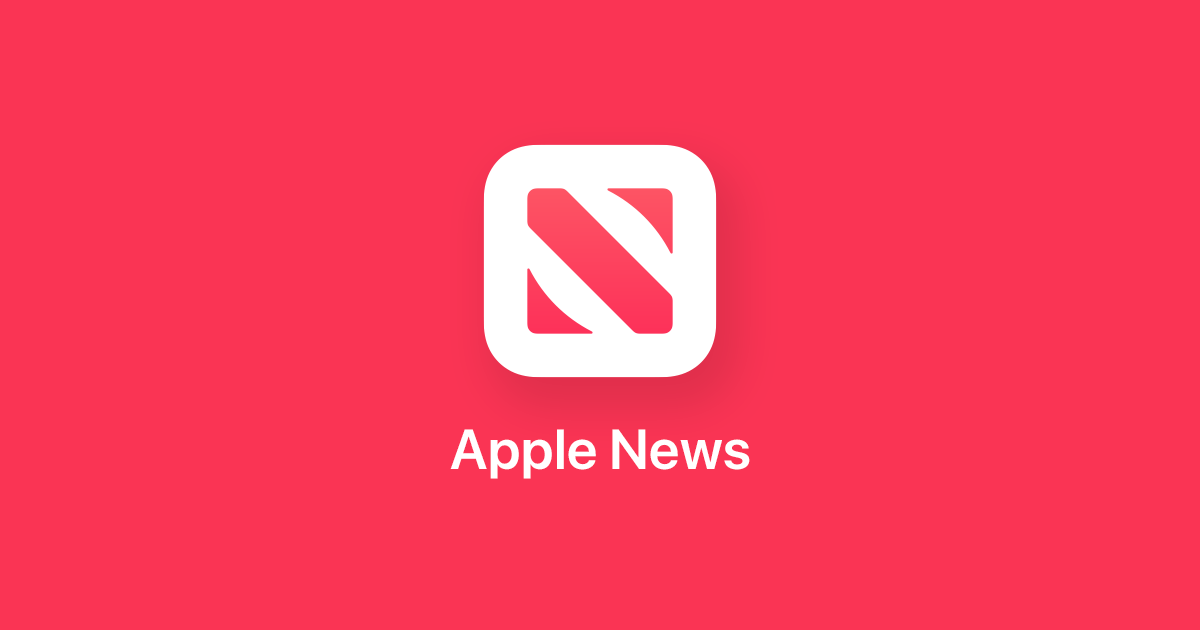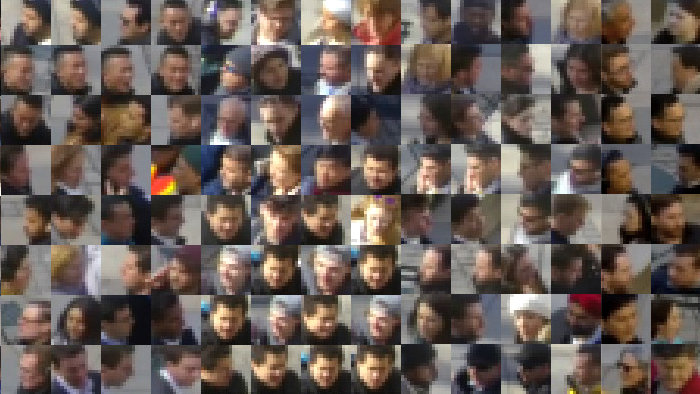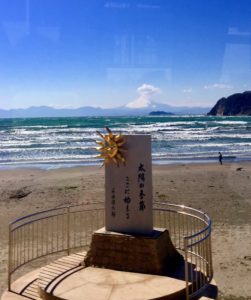Greene, Hoffmann, and Stark have written a much needed conference paper on Better, Nicer, Clearer, Fairer: A Critical Assessment of the Movement for Ethical Artificial Intelligence and Machine Learning (PDF) for the Hawaii International Conference on System Sciences in Maui, HI. They look at a number of the important ethics statements/declarations out there and try to understand their “moral background.” Here is the abstract:
This paper uses frame analysis to examine recent high-profile values statements endorsing ethical design for artificial intelligence and machine learning (AI/ML). Guided by insights from values in design and the sociology of business ethics, we uncover the grounding assumptions and terms of debate that make some conversations about ethical design possible while forestalling alternative visions. Vision statements for ethical AI/ML co-opt the language of some critics, folding them into a limited, technologically deterministic, expert-driven view of what ethical AI/ML means and how it might work.
I get the feeling that various outfits (of experts) are trying to define what ethics in AI/ML is rather then engaging in a dialogue. There is a rush to be the expert on ethics. Perhaps we should imagine a different way of developing an ethical consensus.
For that matter, is there room for critical positions? What it would mean to call for a stop all research into AI/ML as unethical until proven otherwise? Is that even thinkable? Can we imagine another way that the discourse of ethics might play out?
This article is a great start.






